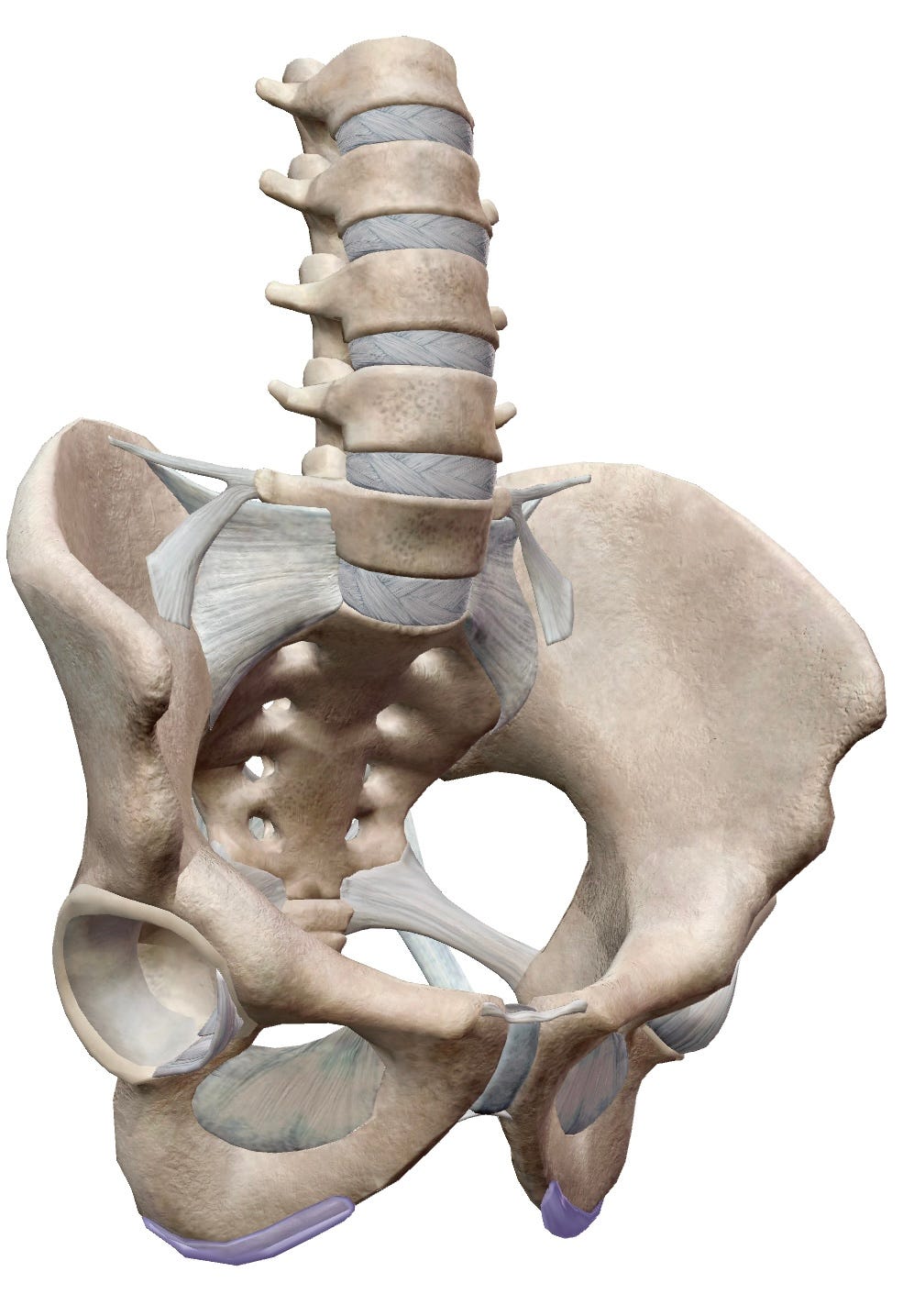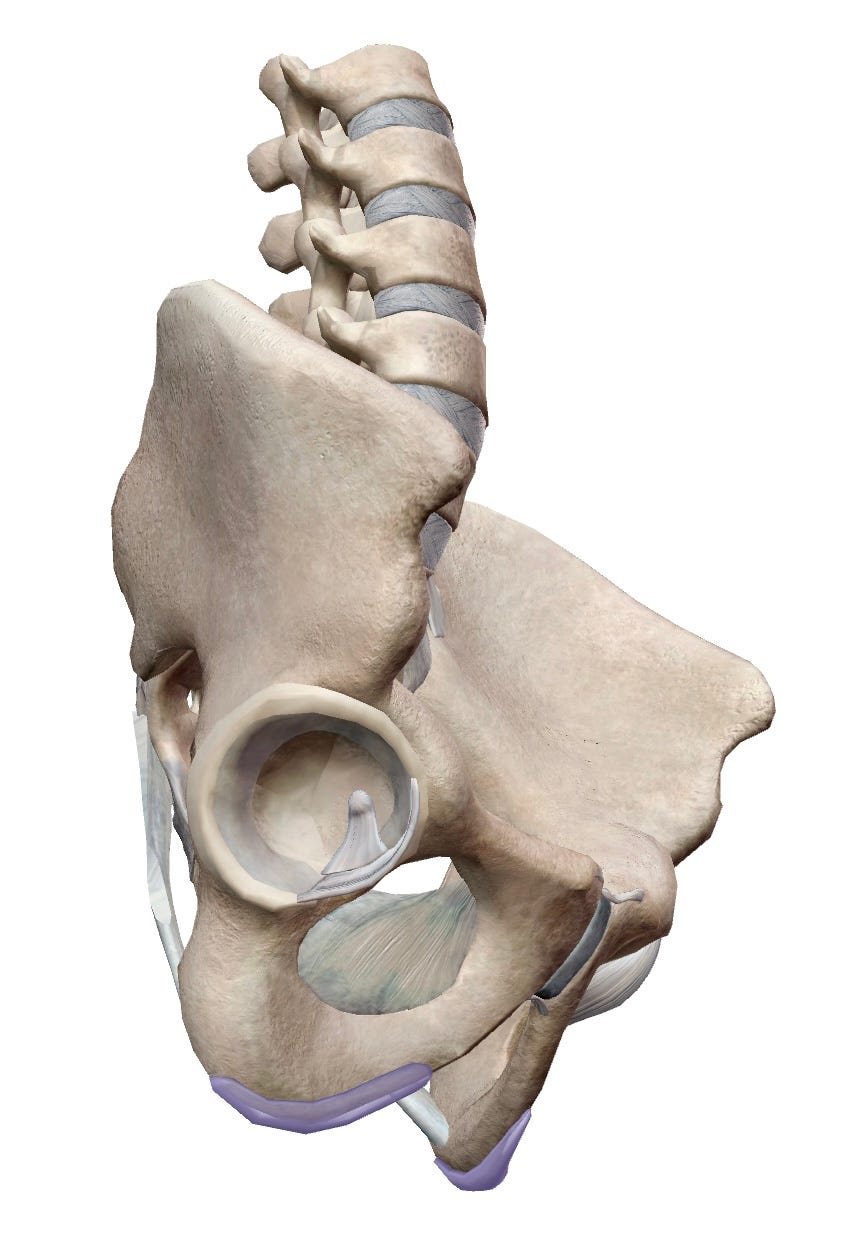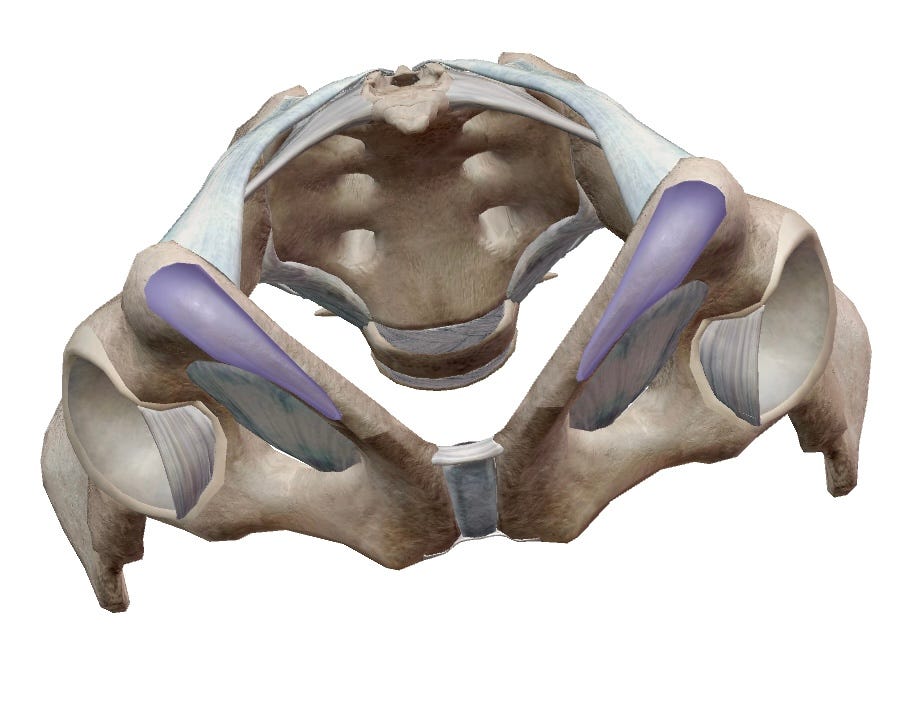This week, I’m continuing with my article series on contact. I’ll specifically give you a few thoughts about the hips in sitting, but before we get into the meat and potatoes of that, I’d like to bear in mind the following…
Sorry… I had to share that…
The actual thing that I’d like to share with you is a reminder of why I think it’s important to write about contact on a general level and what I mean by contact generally.
The Alexander Technique is a general framework for building skill and coordination within your whole self. From my very first lesson, I was taught that I would be learning to improve my Sense of Feeling; much like a painter would develop their sense of sight. In order to have a better sense of balance, one must learn how to appropriately feel how they are making contact with surfaces and how this quality of contact gives us different qualities of balance.
As a simple example, if you shift your weight onto the back of your heels while standing, you will begin to lose your balance and you will feel yourself stiffen up to prevent yourself from falling (or you won’t stiffen up and you’ll fall). The contact that you have with the feet while standing can give you clues for your Inner Sherlock that your balance is either trending in a good direction or a bad one.
You should be able to both feel and verbalise the quality of contact that you are making with surfaces. If you can do this, you then have a better chance of improving your coordination while doing something. Feeling your coordination improve feels great and can be very fun!*
A general reminder:
In standing, your contact is with the feet. Feel the contact without dropping the weight of your head down.
In sitting, your contact is with the hips and the feet (assuming you’re sitting in dining chair rather than a lounge chair with a back/foot rest). Feel the contact without dropping the weight of your head down.
In lying down, your contact is with the entire length of the body on the ground. This could be on your back, side, or stomach. I make absolutely zero judgement on the ‘correct’ sleeping position (more on that another day).
On to the Hips!
As you look at the hips, notice that it has this bucket-esque shape. The bones (left and right) are well connected to the base of the spine yet they have a small amount of flexibility. The whole bucket is designed to support the stuff inside your torso.
At the base of the hips, you’ll see the slightly purply area of the sitting bones. This is the part of you that makes contact with the chair as you sit. Let’s take a different look at this important surface area.
Notice how these sit bones have a curved shape akin to a rocking chair. (Hrmm… I wonder where I got the idea to call stuff and things a Rocking Game….)
Notice in the above photo how the sitting bones are narrow towards the front and wide towards the back. Please take your time to look at the shape of the purple surface area because this will be a great help to you if you habitually arch the back!
Do you have a sense of the shape in your mind? If so, keep reading!
How To Use This Information
When sitting vertically, one would ideally expect the contact with the sitting bones to be 50/50…even if you are arching the back tremendously. With the aid of a mirror, you can check and see if you are sitting vertically and if you can feel the weight distributed 50/50. Oftentimes when I ask people if they can feel their weight on the chair, they will begin to say something like, “Sort of????”. Please remember that the sense of feeling down there isn’t going to feel tremendous like running your hand under hot water. In the beginning, these senses of contact will be faint, but that implies that 'sort of’ is actually more likely ‘yes’ than ‘no’. Please take your time to feel. It is either ‘yes’ or ‘no’.
It is always ok for you to say ‘No. I don’t feel what you’re talking about!’. Don’t concentrate on this with the force of 1000 suns. You can either stick your hands under your butt and feel the sitting bones or ask yourself again. Developing our sense of feeling takes time, practice, and patience!
If you are sitting with an arched back, you will very likely feel the sitting bones fairly strongly. This is because you are sitting on the narrowest part of the hips. This likely is causing you some discomfort.
When you sit on the narrowest part of the hips, all of the weight of the upper body is resting on the smallest bony surface area you have. I expect everyone to have a slight variation in the shape of the curve of their sitting bones, but I also expect that as you begin to rock the hip backwards towards the wider part of the surface area you will feel the weight smoosh out nicely into the middle portion of the sitting bones.
Let me attempt to explain this in another way….
On my fake skeleton in my teaching studio, the narrowest part of the sitting bones has a surface area of roughly 1/4 inch. It ain’t big.** As the hips begin to rock back to “upright”, the surface area increases to roughly a full inch. This means that you have 4x more bony foundation to support your weight if you don’t arch your lower back. This will give you the feeling that your butt is getting bigger. That’s ok! In fact, that will eventually feel good and restful in sitting!
But Wait! There’s More!
If you haven’t noticed, I’m suggesting that you try this exercise out in front of a mirror so that you can see if you sit vertically. I want you to do this so that you can begin to hone your sense of feeling. This. Is. Critical. If you try this out with a mirror at home, you’ll have a better chance of feeling this new feeling the next time you’re at a cafe (without a mirror I hope).
Please don’t have all of you attention on your hips. I’d like you to stay simple, quiet, and additive in your thinking and always remember that you are balancing the head on top of a free neck. If you have a bit of patience, you will begin to feel both the head and the hips very faintly at the same time.
This is called coordinating.
This is what we want to do!!!
Oftentimes, a student will look at me and say, “Is this [new thing with the sitting bones] right?”. To which I obnoxiously reply, “It doesn’t matter if it’s right or wrong. What matters is that you can confidently tell me what you feel and that you are building that feeling of coordination.”
I say this obnoxious answer because I expect that it will take a period of time exploring on your own to find something that is more comfortable and supportive of your weight. I further want to stress that while feeling comfortable and poised is the ultimate purpose of the Alexander Technique, we must first build that sense of coordination so that we can do anything we wish.
You can learn this! :)
* On the days when you don’t feel your coordination improving, it can feel quite daunting! This is normal!! Keep studying and ASK QUESTIONS of yourself and others!!!! If you don’t want to leave a comment, you’re welcome to DM me!
**But it’s also not a full scale skeleton and I’m eyeballing measurements. Don’t take this example super literally.





